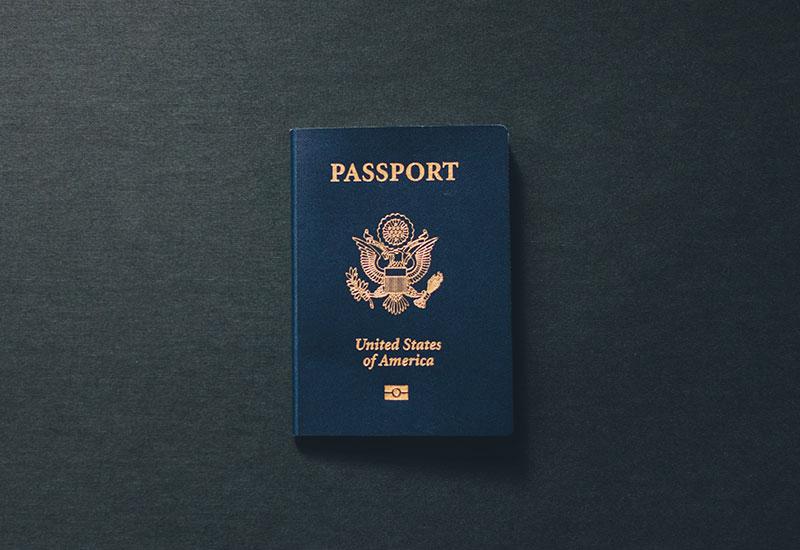Start Building Your Child’s Credit
Your child’s Social Security number (SSN) is among their most important identifiers. If someone has used it for identity theft, they can complicate the child’s life in numerous ways.
Millions of parents have dealt with this problem, so if you’re among them, you may ask a common question—“How do I get my kid’s Social Security number changed after identity theft?”
Due to the sensitivity of an SSN, such a change is quite complex. This guide explains the process so that you know what to expect and can prepare yourself accordingly. You’ll also learn how to best protect your child from falling victim to identity theft in the future through monitoring services.
Can You Change a Child’s SSN?
The SSA generally advises against changing an SSN because this identifier is used to track lots of important information, including the following:
- Tax records
- Employment and wages
- Bank accounts, credit history, and loans
Minors’ SSNs aren’t used for these purposes—they typically don’t file their own tax returns or have credit profiles. This is precisely why fraudsters target children, as their SSNs can be used to create synthetic identities.
Identity theft is one of the five cases in which the SSA allows a change of one’s SSN. The other four are as follows:
- Proven abuse and harassment
- Problems caused by the issuance of sequential numbers to family members
- Cultural or religious objections to specific numbers
- Accidental issuance of a number already used by someone else
Child identity theft is certainly a good enough reason for the SSA to consider giving your child a new number. Still, requesting it is anything but simple.
The SSN Change Process Explained

Changing your child’s SSN works similarly to changing your own. If your child is a legal adult, they can request the change themselves. If they’re still a minor, you’ll need to do it for them by following these steps:
- Collect proof of identity theft
- Gather the necessary identification documents
- Contact your local SSA office and submit the request
Collect Sufficient Evidence of Identity Theft
An SSN change is typically considered the last resort when it comes to identity theft resolution. You have to prove to the SSA that your child is suffering ongoing damage as a result of ID theft and that no other option can fix the issue.
To do this, you first need to reach out to institutions that are involved in identity fraud matters, most notably:
- Local law enforcement—You might need to provide a police report outlining the details of the crime
- The Federal Trade Commission (FTC)—You should report the theft to the FTC and seek guidance. In some cases, you may not need to change the SSN because they might help resolve the problem and clean it
- Credit bureaus—You need to contact the three major consumer credit bureaus (Equifax, Experian, and TransUnion) and freeze your child’s credit profile with each. This doesn’t prevent someone from committing non-financial crimes using the child’s SSN, but it can stop the opening of new fraudulent accounts in their name
Once you’ve reached out to the above authorities and gathered proof that you still need to change the child’s SSN, you can start collecting the documents you’ll need for the application.
Gather Primary and/or Secondary Identification Documents

When an adult wants to change their SSN, the SSA requests primary identification documents. As many minors don’t have the required documentation, secondary documents may be accepted for them. The following table gives examples of both types:
| Primary Documents | Secondary Documents |
| • Government or state-issued photo ID • Passport • Driver’s license • U.S. permanent resident card | • Social Security card • Any document showing the child’s name, PII, and preferably a photo |
You’ll need at least two of the above documents to prove your child’s identity. The SSA also requires a document proving your custody of the child, as it’s necessary for showing you have the right to request a new SSN in their name.
Reach Out to the SSA and Submit the Application
After you’ve gathered all the necessary documents, find the nearest SSA office using this locator and get in touch with the representative.
Explain your child’s case to the SSA and show the proof you’ve gathered. They’ll determine whether the child is eligible for a new number and guide you through the next steps. You may need to fill out the same form you did when requesting the child’s original SSN, as it’s also used for changing any information in their Social Security Record.
Note that every identity theft case is different, so the exact steps and documents involved can vary. The SSA will outline the specific process, so it’s best to contact them for all inquiries.
How To Avoid Child Identity Theft in the Future
Once you’ve changed your child’s SSN and restored their identity, you should take steps to ensure this crime doesn’t happen again. Ask yourself what led to the child losing their number in the first place and help them avoid repeating such mistakes.
A Social Security card isn’t a document that your child should carry with them. It’s needed in only a handful of cases, so make sure it’s kept at home in the meantime. Place it in a secure spot only you and your child know about and don’t reveal the SSN unless you’re certain the request is coming from a trustworthy institution that genuinely needs it.
The same goes for all other documents containing the child’s personal information. Watch over them until your child is mature and responsible enough to do it.
It’s also worth initiating identity protection and monitoring services that include coverage for your child. Credit profile monitoring can be a great choice, as it helps ensure all credit information is accurate and minimizes the chances of someone abusing it.
If you’re interested in such services, FreeKick is an excellent option you should consider.
FreeKick—A Two-In-One Identity Protection and Credit Building Platform
FreeKick by Austin Capital Bank is an FDIC-insured deposit account that helps you protect your family’s identities while building credit for your children. Child identity theft occurs every 30 seconds, which is why investing in identity protection services like FreeKick is more important than ever.
Use FreeKick for Identity Protection
FreeKick’s identity protection service is for the entire family. For adult children and parents, FreeKick offers:
- Credit profile monitoring
- SSN monitoring
- Dark web monitoring for personal information
- Up to $1 million identity theft insurance
- Full-service white-glove concierge credit restoration
- Lost wallet protection
- Court records monitoring
- Change of address monitoring
- Non-credit (Payday) loan monitoring
- Free FICO® Score monthly
- FICO® Score factors
- Experian credit report monthly
For minors, FreeKick offers:
- Credit profile monitoring
- Social Security number (SSN) monitoring
- Dark web monitoring for children’s personal information
- Up to $1 million identity theft insurance
- Full-service white-glove concierge credit restoration
- Sex offender monitoring—based on sponsor parent’s address
Use FreeKick for Building Credit
FreeKick also offers a credit building service for children aged 13 to 25. All you have to do is take three steps:
- Create an Account—Navigate to FreeKick.bank, create an account, and choose a deposit that suits your budget
- Set It and Forget It—FreeKick will start building 12 months’ worth of credit history for your children
- Keep Growing—After 12 months, you can close the account without any fees or continue building credit for your family for another year
As a result of this minor effort, your children will have up to five years of credit activity when they turn 18. In turn, this head start will help them save $200,000 during their lifetimes by letting them secure loans on more favorable terms.
FreeKick Pricing
FreeKick has two pricing plans:
| FDIC-Insured Deposit | Annual Fee |
| $3,000 | $0 (Free) |
| No deposit | $149 |
Each plan offers:
- Credit building for six children aged 13 to 25
- Identity protection for two parents and six children aged 0 to 25
Save your family from identity theft and give them a bright financial future—sign up for FreeKick today.

Freekick provides a double dose of financial empowerment and security for your whole family. It helps teens and young adults build strong credit profiles and offers identity motoring for up to two adult parents and six children under 25.





